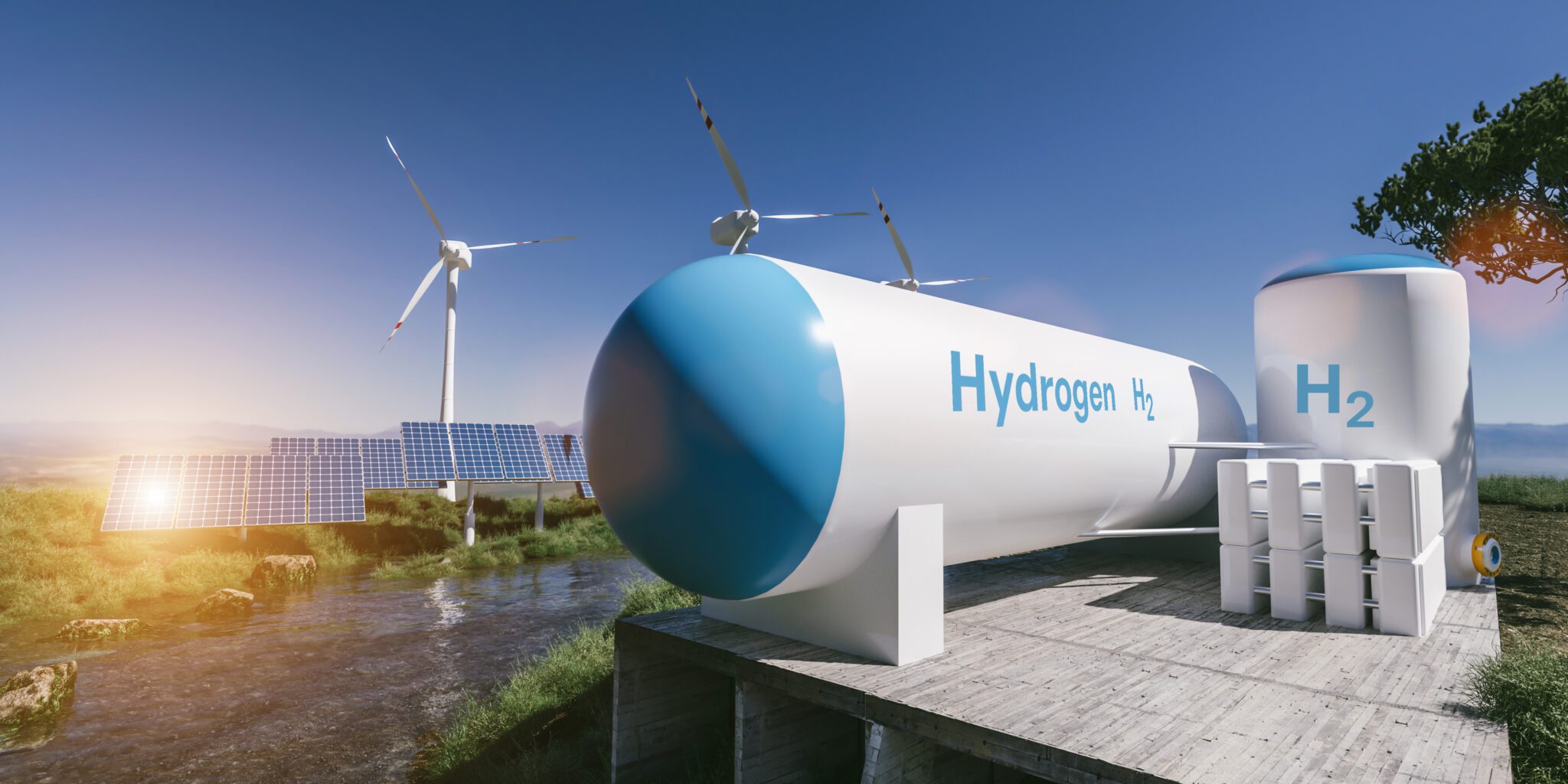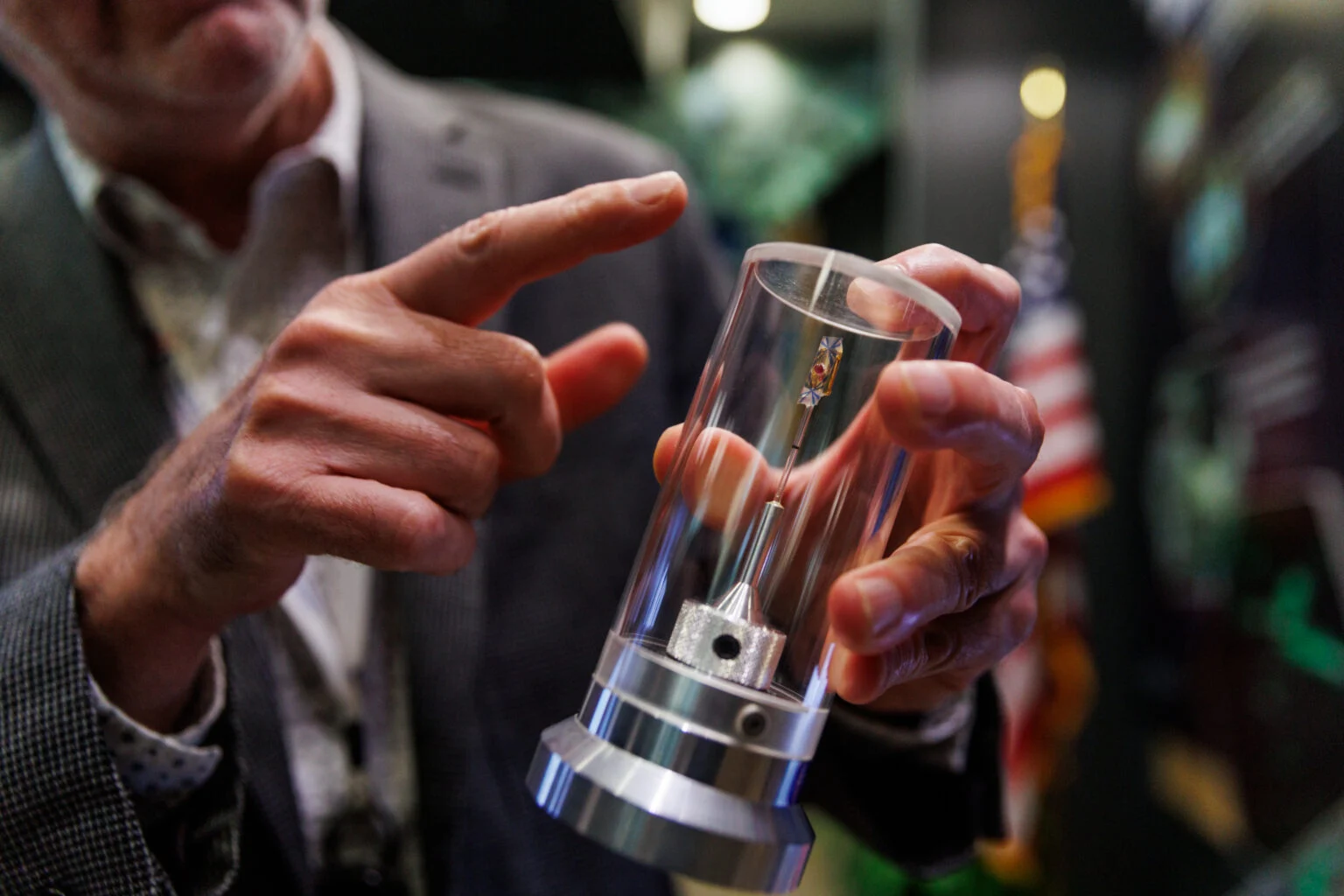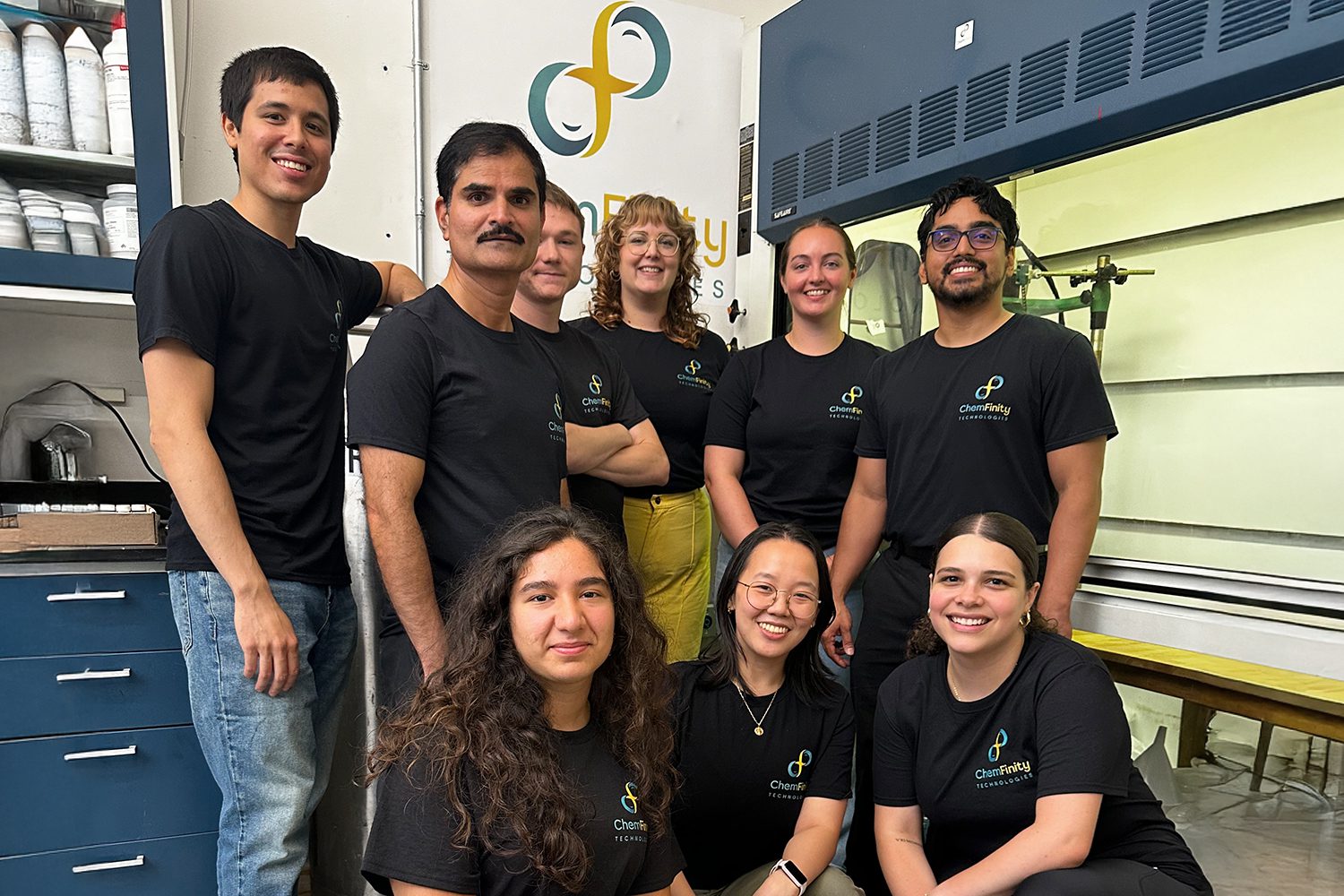This article is the first in a series of posts on clean hydrogen’s role in building a net-zero future. In this piece, Adria Wilson, a director on Breakthrough Energy’s U.S. Policy & Advocacy team, provides an overview of the hydrogen policy landscape—breaking down the progress over the last few years, why hydrogen is a critical decarbonization tool, and the work that still needs to be done. Readers will be able to access other articles in the series as they’re posted in the coming weeks and months.
Recent policy wins mean that affordable, clean hydrogen will be a decarbonization tool we have at our disposal in the next decade, if not sooner.
One of my favorite actors played a surprising starring role in the Knives Out sequel Glass Onion over the holidays: hydrogen. Hollywood didn't quite get it right (if anyone tries to sell you pure solid hydrogen, you are being scammed) but as someone who spends a lot of time in my day job trying to increase hydrogen's star power, its turn on the big screen felt like a cause for celebration.
Hydrogen, a molecule that has spent decades as a relatively unknown energy resource, is clearly having a renaissance moment. And for good reason. Every scenario in which we reach net-zero emissions by mid-century requires that we use some amount of clean hydrogen technologies to get there.
According to organizations that track the global buildout of hydrogen projects, 680 large-scale hydrogen production projects were announced in 2022 alone, amounting to $240B in direct investment through 2030. And private equity and venture firms invested record amounts in hydrogen companies at different stages of development last year, providing $3.1B in private equity to hydrogen-related companies, and $2.6B in venture capital investment across 192 startups in the space.
Governments are getting in the game too, with public officials around the world showing an appetite for tapping clean hydrogen as an energy source where electrification isn’t an option. For example, in addition to causing unimaginable suffering, the war in Ukraine has brought a new level of urgency to the energy transition by layering a global energy crisis on top of the longer-term crisis that is climate change. In response, the European Commission leaned in on clean hydrogen as a tool for accelerating the energy transition in the EU. They formally raised their ambition in the REPowerEU plan with an increased commitment to produce and import a combined 20 million metric tons of clean hydrogen by 2030.
Meanwhile, policymakers in the United States have committed an unprecedented amount of public investment to standing up a robust clean hydrogen market in the next decade. Because these decision-makers understood the value of hydrogen in mitigating climate and energy security risks, they acted and prioritized the passage of laws that set us up for a race to the top for the deployment of cost-competitive, clean hydrogen. In fact, I strongly believe affordable, clean hydrogen will be a decarbonization tool we have at our disposal in the next decade, if not sooner.
Historic Legislation
In the U.S., this hydrogen transformation is a result of four big pieces of legislation: the Energy Act of 2020, the Bipartisan Infrastructure Law (BIL), the CHIPS + Science Act, and the Inflation Reduction Act (IRA). The bipartisan Energy Act of 2020 provided the first opportunity for hydrogen to become a part of the energy transition, where lawmakers identified it as a target for new research and development (R&D) efforts to develop integrated energy systems. Building off these R&D efforts, Congress passed the bipartisan CHIPS + Science Act in 2022, which authorized up to $12B in R&D for the Department of Energy (DOE), including for the Advanced Research Projects-Energy agency, which works on advanced energy technologies such as hydrogen.
Complementing these R&D investments is 2021’s Bipartisan Infrastructure Law, which created a suite of programs that fundamentally reshaped the way the government supports hydrogen development. The most consequential part of the law is its $8B regional clean hydrogen hubs program, which will establish at least four hubs across the United States to spur the deployment of substantial volumes of clean hydrogen. What’s especially great about the hubs is how they’ll showcase clean hydrogen’s versatility—the hubs will produce clean hydrogen in different ways and use it in both existing (think: fertilizer production) and new (think: steel production) applications that will help us transform and decarbonize the economy.
BIL: Kickstarting the Clean Hydrogen Market
As a response to the hubs program, companies, investors, community groups, and state and local governments have come together to propose hydrogen hubs across the country—from the Pacific Northwest, the Midwest and the Great Plains, to the Mid-Atlantic and Gulf Coast. By the end of last year, almost 80 different coalitions had submitted concept papers to the DOE, sketching out visions of what these new centers could do to create new sources of clean hydrogen, drive economic opportunities for communities, and demonstrate hydrogen’s use in decarbonization-oriented applications. Of those, the DOE encouraged 33 teams to flesh out their plans and formally move forward in vying for government support. It’s likely that others will decide to move forward with their plans, too, even if they aren’t selected to receive some slice of the $7B in public funding available to support these projects. Pre-applicants requested over $60B from the DOE; if all of these projects were to materialize, they would bring over $150 billion in private capital to the task of building regional clean hydrogen hubs.
The other hydrogen provisions in the Bipartisan Infrastructure Law are also pivotal in reshaping the landscape for hydrogen innovation and deployment. For one, it established a definition of “clean hydrogen” that serves as the foundation of all of the government’s hydrogen programs, and a Clean Hydrogen Production Standard (a draft of which is now publicly available) to provide guidance on how to measure “clean.” It provided $1.5B to generate innovations that address remaining challenges in developing, manufacturing, and recycling increasingly better hydrogen technologies. It also called for a public clean hydrogen roadmap that clearly delineates a unified goal for all of this new federal work: to support the buildout of a clean hydrogen economy so we can meet our national decarbonization goals.
IRA: Turbocharging the Clean Hydrogen Market
The most game-changing piece of public support for clean hydrogen comes in the form of the new hydrogen production tax credit, lovingly known as 45V for its place in the list of tax credits enacted in the Inflation Reduction Act. The 45V tax credit in particular provides up to $3 per kilogram in credit to hydrogen producers, depending on how clean their process is estimated to be and whether the project meets wage and apprenticeship requirements needed to receive the full credit value. Exactly how this piece of legislation is applied by the IRS is still under development, but it is expected to be so powerful that experts anticipate companies will now look to the U.S. to develop their hydrogen technologies.
The modeling completed so far to understand the impact of this credit is very clear that, if applied correctly, it will ensure that our supply of hydrogen becomes clean and affordable enough to address emissions from many of the sectors that still need a climate-smart alternative. The challenge comes in figuring out the best way to balance flexibility to allow developers to quickly build new clean projects with complexity that makes sure emission accounting is thorough. If designed and applied well, 45V has the potential to not only scale up clean hydrogen production but also encourage a cascade of other positive, synergistic actions we’ll need to get to net zero, including incentivizing the addition of more clean energy to the electricity grid and ensuring US-made hydrogen can compete in the future global hydrogen market.
What’s Next?
We’ve come very far in a very short time, but there is still a great deal of work to do to make sure hydrogen is used to its fullest potential as a decarbonization tool. And because our next choices will be so consequential, it makes sense to get clear on a few questions. What exactly is hydrogen? How do different choices on how we use, produce, store, and transport it impact its value as a decarbonization tool? How do we mitigate risks with scaling clean hydrogen, and what additional policies do we need to build on the progress of the last several years?
Over the course of the next couple of months, we will dive into these very questions. Stay tuned!







